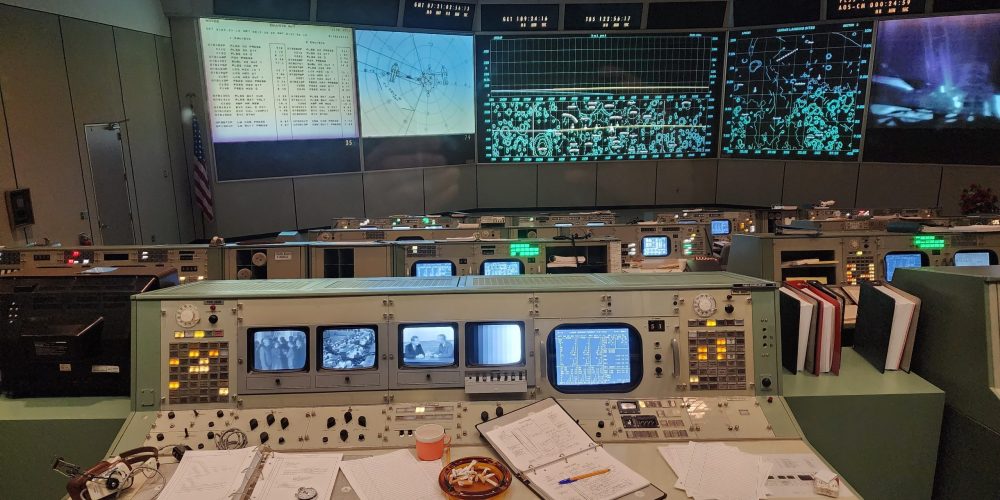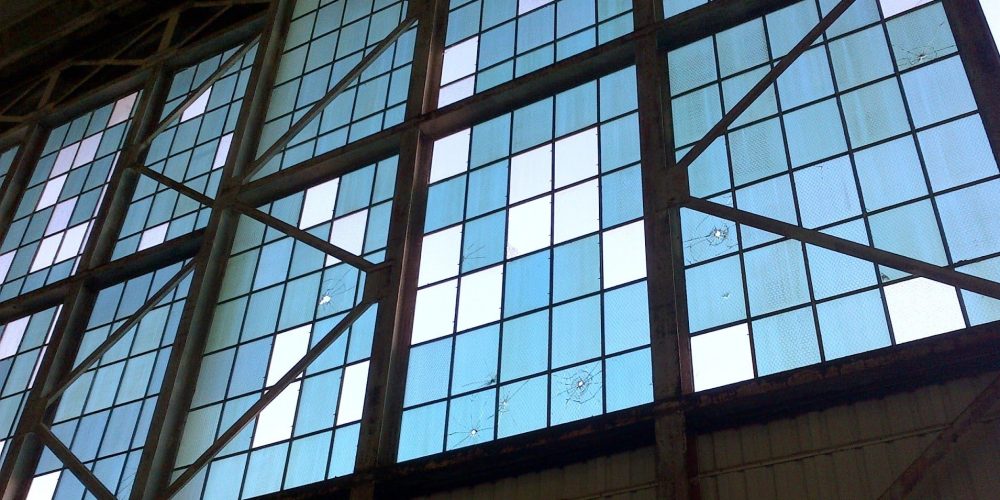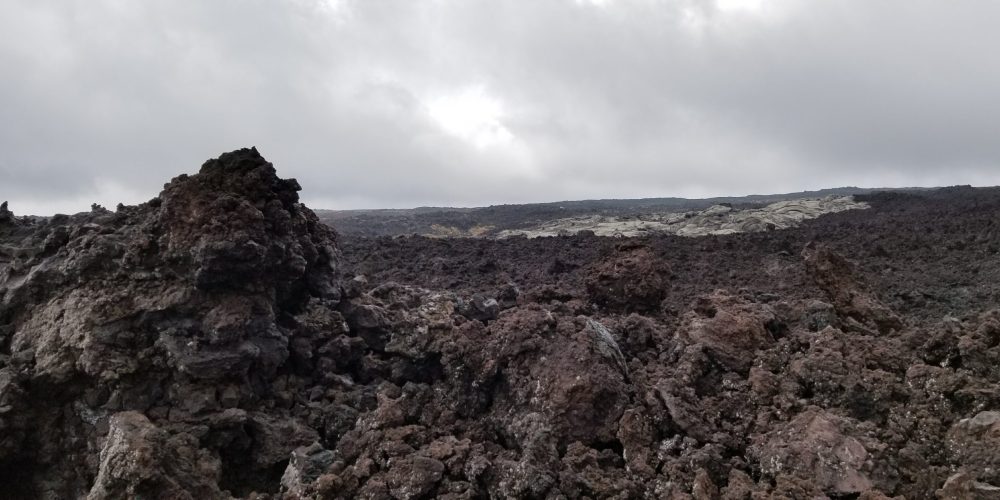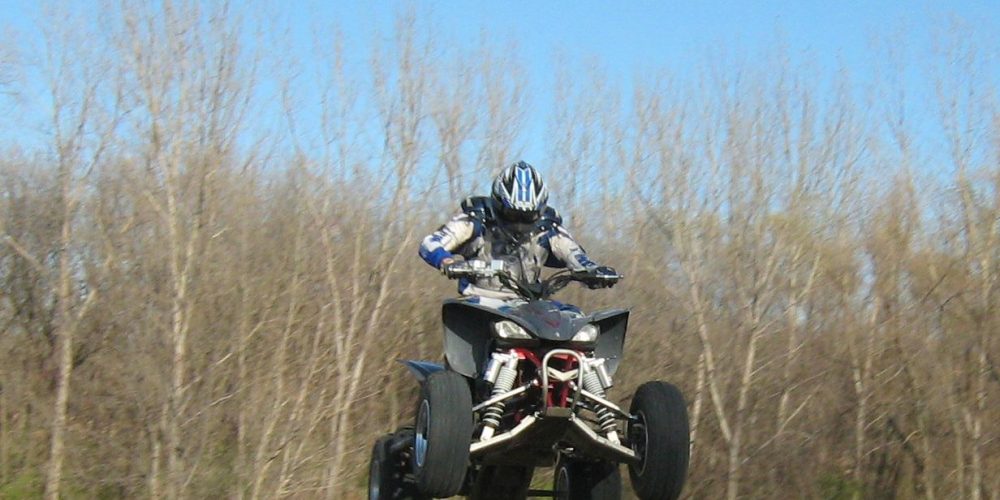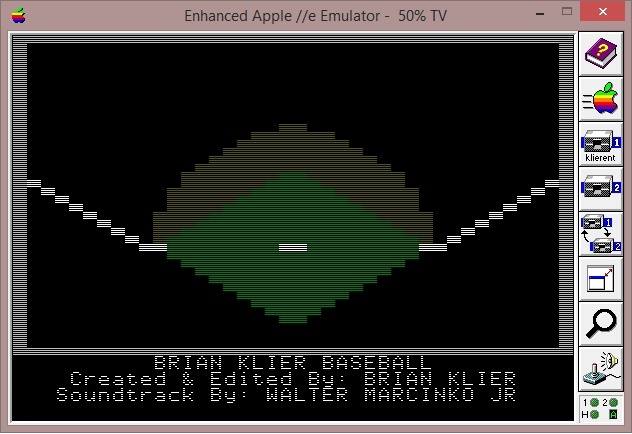Two minutes of a small silly painted turtle chasing a fake plant around his terrarium.
Facebook gathers residents to discuss times gone by and feelings of nostalgia
By BRITTNEY NESET bneset@faribault.com | Posted: Friday, May 22, 2015 2:06 pm
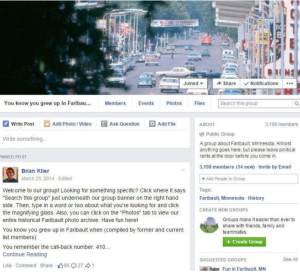
“You knew you grew up in Faribault when…” is a Facebook group with approximately 3,200 members. (Screenshot of “You knew you grew up in Faribault when…” Facebook group)
When most think of Facebook, images of teenagers taking selfies and notso casually checking in on a former love all come to mind. But one group throws out those stereotypes and welcomes people of all ages to talk about a time gone by in a city they all love, Faribault.
A feeling of nostalgia and looking for connections and memories from the past has brought many current and former Faribault locals together in the Facebook group “You knew you grew up in Faribault when…”
With a group that has approximately 3,200 members, nearly 1,100 of those joining within the last year, it’s really no surprise why the group is such a popular one among locals and those who once lived in Faribault.
The group is also home to users of all ages. There are members who are still in high school while there are also those who graduated from high school 50 or more years ago. Brian Klier, the current owner of the group and Faribault local, says he wants to keep the group
fun and positive while sharing the great history of the city.
“Part of what excites people about Faribault is its history.” said Klier. “I think just about everybody that lives here wonders how we evolved from a town with horse stables near Central Park, to a city with more than 23,000 people.”
The local Facebook group that brings people from town and out of town is run by a handful of people. No one is really sure who started the popular group on Facebook. When asked, members responded with a few guesses with who the original owner of the group was, but all of the guesses came up short.
Klier said that the group was originally started in early 2010 but for now, whoever started “You knew you grew up in Faribault when…” will remain a mystery.
“Whoever created the group knew what they were doing and saw the need for sharing history with past and future generations,” said Brian Schmidt, a board member of the Rice County Historical Society. “It’s an awesome thing for Facebook and the city of Faribault.”
Other than simply running the group, Klier has other ties to Faribault history.
“I guess you could say I’ve been in Faribault and surrounded myself with Faribault all my life,” he said.
Klier’s father owned an electronics, radio and computer repair shop on Seventh Street Northwest in Faribault in the 1980s and early ‘90s. He also attended Faribault High School and South Central College and now works full time as one of the district’s IT technicians.
Klier’s ties to the Faribault School District is one of the reasons why he can supply such great, vintage photos to the group. A majority of the photos he posts came from the Faribault Middle School or Faribault High School media centers.
“The Faribault Junior High School (now Middle School) used to have a Camera, Video, and
Computer club. When I was a member of this club, I recall those interested in photography could learn photography techniques and then check out a camera so they could take pictures and have them developed,” said Klier. “The photos seen on the group have many unknown authors, but thankfully the original slides and prints were kept in good condition.”
When Schmidt was young, he used to run around the brewery that had been in the Fleckenstein building and collecting old items from the building started his love for history.
It has also inspired him to try and help preserve it for Faribault and other cities in Rice County.
“I think this group is awesome,” said Schmidt. “We needed something for the history of Faribault that past and future generations can find out what happened all those years ago.”
When asked about their favorite moments or memories on the site, neither Brian Klier nor Brian Schmidt had one concrete answer.
Klier loves stories that run parallel to his own life and experiences in Faribault. He also enjoys when people recall their memories of playing video games at Magicland as well as their “May Bottke” stories.
Schmidt, on the other hand, couldn’t pin down one particular moment or memory from the group that he likes more than the others.
“I like when people post other stories and I get to go ‘oh, that’s how that really worked or operated!’” said Schmidt. “Every story is intriguing to me.”
The Facebook group offers a place to gather and discuss topics of years gone by. The group’s news feed is updated multiple times a day, with members and former members of the community recalling their childhoods or other fond memories of the past.
The community also offers insight on topics that a person may be unsure of. If you post in the group with a question, it’s almost certain that the members will have some sort of answer for you or at least a suggestion on where to start looking.
There’s Wisdom in Knowing Nothing
I post this as the truth I have discovered in the IT industry, and I’m pretty sure it carries over to all people over all careers. We start out in the “I know nothing” (discovery) phase, followed by the “I’m an expert” (cocky) phase, followed once again by the “I know nothing” (only scratched the surface) phase. While we all gain more expertise over time, the more important thing we gain is wisdom. We begin to realize as we get older how much more there really is to know, and how little we actually know in comparison. One of life’s lessons put very easily on a graph.
#Genius
Arthur C. Clarke in 1974, looking into the crystal ball on what life might be like with #computers in 2001. Pure #genius!
https://www.facebook.com/CosmosMagazine/videos/455483054467788
MisterHouse control for a Samsung Smart TV
 Another piece of my home, now automated. With assistance from a thread on the Samygo forum, I created a module for the MisterHouse Home Automation System which allows it to control a network-connected Samsung Smart TV. For instance, when you leave the house for more than 10 minutes, it could turn the TV off for you. It could also switch the TV automatically to match your favorite show schedule, or switch to an HDMI input to monitor a surveillance camera if motion is detected on your property. It’s available right here for free: https://gist.github.com/hollie/ed1fa39871e93e36e24e. It’s written in Perl so it’s cross-platform or can be adapted for other uses.
Another piece of my home, now automated. With assistance from a thread on the Samygo forum, I created a module for the MisterHouse Home Automation System which allows it to control a network-connected Samsung Smart TV. For instance, when you leave the house for more than 10 minutes, it could turn the TV off for you. It could also switch the TV automatically to match your favorite show schedule, or switch to an HDMI input to monitor a surveillance camera if motion is detected on your property. It’s available right here for free: https://gist.github.com/hollie/ed1fa39871e93e36e24e. It’s written in Perl so it’s cross-platform or can be adapted for other uses.
I’ve tested this with my Samsung UN40EH5300 and it works well. It should work on pretty much any Samsung TV that has an open port 55000. The code is based off of another Perl/HTML program from http://forum.samygo.tv/viewtopic.php?f=12&t=1792 created from some Wireshark traces.
To use this code, you’ll have to modify a few things:
– Change the IP 192.168.2.155 below to your own TV’s IP Address.
– Change $myip to your MisterHouse server’s IP Address.
– Change $mymac to your MisterHouse server’s MAC Address.
Riding my Laeger/PEP YFZ450 out at Rick’s Track near Pine Island, MN
Another picture perfect Sunday, and what better opportunity to enjoy it than to do a little Motocross!
The 9-year-old Programmer
In response to the ZDNet article that Chad Elstad posted (you can read “The Mac’s 30th: What’s Your Story?” here: http://www.zdnet.com/the-macs-30th-whats-your-story…/ ). When I was 5 years old, I remember printing out computer programs on our Apple ][+ (Remember PR#1, LIST ?), and then trying to type them in to my Commodore PET computer. My first lesson in incompatibility! When I was 9 years old, I created a Baseball game in BASIC using lo-res Apple graphics (pictured below). I’m still a huge fan of the Apple ][ platform and I still have a working Apple ][gs that gets use from time to time…
Bethany and I go up in a 1929 Curtiss Travelair Biplane at Faribault Airfest
Bethany and I take off in a 1929 Curtiss Travelair Biplane (from Nostalgic Wings) and fly around Cannon Lake near Faribault, Minnesota.
Copying Number Munchers from PC Compatible through null MODEM cable to Apple //gs
Having been an Apple ][ enthusiast for 30 years, I often wondered if there was an easy way to download Apple disk images off the Internet and somehow transfer them over to an Apple to use. It so happens a program called ADTPro is available to accomplish this task with an easy-to-build null MODEM cable.
YFZ450 Motocross with no jumps? Hurricane Hills, Mazeppa, MN
Joe and I do some totally goony motocross. The object? Must keep all 4 tires on the ground at all times. Motocross turned into a TT race. I must admit this was kind of fun.
YFZ450 vs. YZ250 battle at Hurricane Hills, Mazeppa, MN
The video starts out slow, but then I catch up to Dave on his YZ250 and the race is on!
YFZ450 Crash at Hurricane Hills, Mazeppa, MN
I take a lap around Hurricane Hills myself, and then I follow Joe around the track. He gets a little sideways on the Sky Jump, and when he touches the ground, the quad swings the other way bucking Joe off. The crash is at 5:25.
Hurricane Hills Quad Motocross – YFZ450s
My friend Joe and I at a practice session at Hurricane Hills Motocross outside of Mazeppa, MN. Both quads are YFZ450s.
Glider flight out of Faribault – about 5200 feet AGL
My first glider ride with Cross Country Soaring out of KFBL. This was a very different experience than powered flight. I liked it a lot! I got a good 20 minutes of flying handling the controls myself. Contains some stalls and stall recoveries, and a hammerhead about 2/3 through. DVD hit the end just after lining up for final.



















